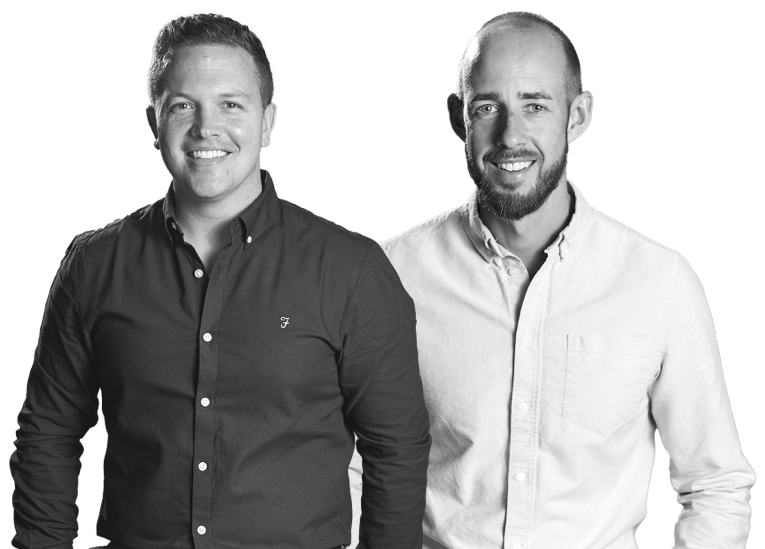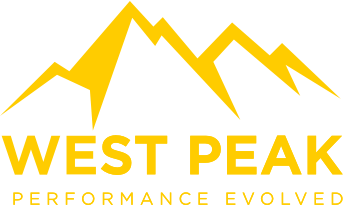7 Toxic Workplace Issues Great Leaders Guard Against
Leadership isn’t about having the loudest voice in the room; it’s about being the quiet shield behind the scenes. A true leader protects, empowers, and amplifies the people they serve. Bosses throw their team under the bus when pressure hits. Real leaders step in front of it.
Toxic work cultures don’t erupt out of nowhere. They build slowly, one unrealistic demand, one snide comment, one overlooked accomplishment at a time. But so do strong cultures. And the leaders who build them know this one truth:
👉 If you don’t defend your team, you don’t deserve to lead.
Here are seven toxic workplace issues that great leaders actively guard against, and how they create an environment where people don’t just survive, but thrive.
-
Unrealistic Expectations
Unrealistic Expectations
❌ Constant pressure to overdeliver leads to burnout.
✔️ Great leaders set goals that stretch, not snap.
There’s a fine line between ambitious and absurd. When leaders consistently demand superhuman performance, late nights, impossible KPIs, zero flexibility, they’re not driving success; they’re driving people out.
Real leaders understand the long game. They set clear expectations that challenge their team but still leave room for energy, family, and mental well-being. Because overworked isn’t the same as high-performing.
-
Micromanagement
Micromanagement
❌ Control at every turn suffocates trust and creativity.
✔️ Great leaders trust people to lead their own work.
Micromanagers don’t just oversee, they overshadow. Every check-in becomes a check-up. Every idea needs approval. The result? A team that becomes passive, dependent, and afraid to take initiative.
Strong leaders do the opposite. They hire well, set clear outcomes, and let people figure out the “how.” Autonomy fuels innovation. And nothing says “I believe in you” like space to lead.

-
Blame Culture
Blame Culture
❌ Mistakes become landmines. People shut down.
✔️ Great leaders replace blame with accountability and learning.
In a blame culture, fear rules. People hide problems, avoid risk, and point fingers. It’s innovation’s worst enemy.
Great leaders create psychological safety. They own their part, invite feedback, and turn setbacks into team-wide lessons. When failure isn’t fatal, creativity becomes unstoppable.
-
Unnecessary Distractions
Unnecessary Distractions
❌ Back-to-back meetings, endless pings, reactive firefighting.
✔️ Great leaders protect focused work and deep thinking.
Toxic work isn’t always loud and aggressive. Sometimes it’s quiet, chaotic, and relentless. Distraction culture, constant meetings, shallow urgency, Slack overload, erodes mental energy and meaningful progress.
Protective leaders curate calm. They question every meeting. They batch communications. They encourage time blocks for real work. Because deep thinking still wins in a distracted world.

-
Unclear Communication
Unclear Communication
❌ Vague directions and moving targets create confusion.
✔️ Great leaders say what they mean—and mean what they say.
Unclear communication creates anxiety. Employees don’t know what success looks like. Feedback is inconsistent. Priorities shift with no warning.
Great leaders are crystal clear. They repeat vision. They document expectations. They follow through. They create alignment, not ambiguity.
6. Office Politics & Drama
❌ Toxic dynamics destroy trust and unity.
✔️ Great leaders build cultures of fairness, not favourites.
When power games and personal agendas creep into the culture, people stop collaborating and start defending. The best ideas lose to the loudest voices. Disengagement follows.
Leaders with integrity call out politics early. They reward teamwork, not turf wars. They make the invisible visible and ensure every voice has a seat at the table.
- Lack of Recognition
❌ When effort goes unnoticed, people check out.
✔️ Great leaders notice, name, and celebrate the wins.
A simple “thank you” can change someone’s day. A thoughtful shoutout can make someone stay. Yet recognition is often the first thing to go in busy, high-pressure environments.
Protective leaders keep it personal and consistent. They don’t just praise outcomes, they acknowledge effort, growth, and grit. Because people who feel seen, stay committed. Great leaders know how to give recognition and celebrate wins.

Final Word: Protect the People, and Performance Follows
Culture is built in the behaviours leaders allow, and the ones they eliminate.
You can’t control every force in your organisation. But you can protect your people from toxicity. You can choose clarity over chaos, empathy over ego, trust over control.
Because high performance doesn’t happen despite a healthy workplace, it happens because of it.
If you want your people to go far, go fast, and stay for the long haul, start by guarding what matters most: their wellbeing, their trust, and their voice.
Fun Fact:
Research by McKinsey shows that psychological safety is the number one driver of team effectiveness, more than skills, experience, or resources.
Subscribe to our Podcast
Hosted by our very own Ben Stocken and Benjamin Wade our ‘How They Lead’ podcast aims to evolve the way people perform in leadership roles by showcasing a variety of high performance interviews with people from Patrick Kershaw from The RAF Red Arrows to CEO’s like Steve Phillips who help large brands like Pepsi, Mars and Unilever.
Get one step ahead – Click below to subscribe.










